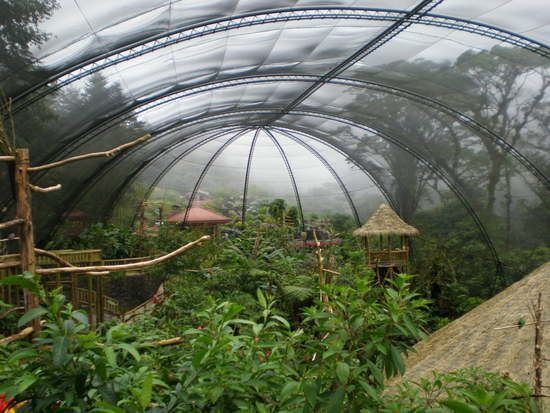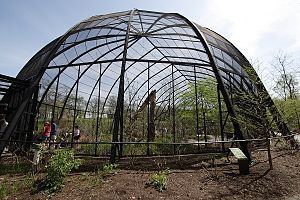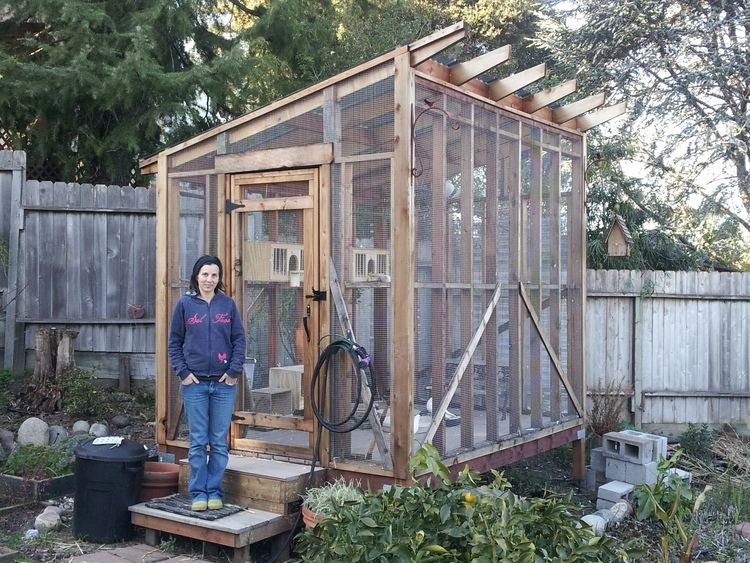 | ||
Large aviary walk in aviary overview construction plantings birds pheasantasiam
An aviary is a large enclosure for confining birds. Unlike cages, aviaries allow birds a larger living space where they can fly; hence, aviaries are also sometimes known as flight cages. Aviaries often contain plants and shrubbery to simulate a natural environment.
Contents
- Large aviary walk in aviary overview construction plantings birds pheasantasiam
- Aviary birds breeding farm sahiwal pakistan
- Public aviary
- History
- List of public aviaries
- Home aviary
- References
Aviary birds breeding farm sahiwal pakistan
Public aviary
Large aviaries are often found in the setting of a zoological garden (for example, the London Zoo, the National Zoo in Washington, D.C., and the San Diego Zoo). Spacious walk-in aviaries also exist in bird parks such as Jurong BirdPark in Singapore. Pittsburgh is home to the USA's National Aviary, perhaps the most prominent example in North America of an aviary not set inside a zoo. The Tracy Aviary is an example of a bird park within a public urban park, Liberty Park in Salt Lake City, Utah. Some public aquaria, such as the Oregon Coast Aquarium, Newport, Oregon, or the Monterey Bay Aquarium, have aquatic aviaries.
History

An aviary, is a large cage to house and display birds, dating as far back and possibly earlier than the 1500s found in the Aztec city of Tenochtitlan as noted by Hernan Cortes when he and his men arrived in 1521. Also the Raven Cage in 1829, is regarded as one of the oldest structures in the London Zoo.

The first large aviary inside a zoological garden was established in 1880 in the setting of the Rotterdam Zoo.

In 1902, a flying cage was completed in the setting of the National Zoological Park of the Smithsonian Institution. A new Great Flying Cage was built in 1964.

The Saint Louis Zoo is home to the 1904 World's Fair Flight Cage. It is one of only two permanent structures built for the World's Fair which still remain (the other is the Saint Louis Art Museum's Cass Gilbert building). In 1904, it was the largest bird cage ever built. It remains one of the world's largest free-flight aviaries. The 69 m (228 ft) long, 26 m (84 ft) wide, and 15 m (50 ft) high cage was built by the Smithsonian Institution specifically for the St. Louis World's Fair. Local pride in the giant cage motivated St. Louis to finally establish a zoo in 1910.
In 1937, the San Diego Zoo's aviary designed by architect Louis John Gill opened; it was then the largest in the world. The mammoth steel structure, 55 m (180 ft) long, 18 m (60 ft) wide and more than 30 m (100 ft) high, funded by the Works Progress Administration at a cost of $50,000, had no beams, cross or guy-wires to impede the flight of the birds.
With the Antwerp cage system (1948), birds are only separate from public with a light system used indoor the Bird Building at Antwerp Zoo.
At the Frankfurt Zoo, the bird house was built in 1969. Its Bird Halls presented birds for the first time in large glassed miniature habitats. In diving exhibits, darters and kingfishers could be seen hunting under water, and in the free-flight hall visitors still walk amongst tropical birds in dense vegetation. In 1963, the same principle was used outdoors to construct the Bird Thicket, ten aviaries surrounded by dense bushes and designed in various habitat settings, which visitors can enter through wire netted doors and curtains of cords.
The Snowdon Aviary in London Zoo was designed by Antony Armstrong-Jones, 1st Earl of Snowdon, Cedric Price and Frank Newby, and built in 1962-1964.
The Bronx Zoo's World of Birds, a two-story bird house completed in 1972, is a huge, landscaped, indoor free-flight exhibit. The one-way flow pattern in the exhibit moves the visitors through twenty-five birds habitats, ranging from desert to tropical forest. Each setting recreates with impressive fidelity the microculture of the birds that fly merrily about within their diorama world, complete with living plants. Five of the aviaries are completely open: in two of the largest the uncaged public walks through the habitat with birds freely overhead.
The Henry Doorly Zoo's Simmons Aviary opened in 1983 and is one of the world's largest free-flight aviaries. About 500 birds from all parts of the world occupy the area of the aviary. In this 16,000-square-metre (4-acre) exhibit, visitors see flamingos, ducks, swans, storks, cranes, spoonbills, ibis and egrets. The Aviary is 240 m (800 ft) long and rises to 23 m (75 ft) at the center. The structure of two-inch nylon mesh is supported by a system of cables and poles. The use of nylon instead of wire is a unique concept.
Birds of Eden bird sanctuary, located in the Western Cape of South Africa, is possibly the largest free flight aviary in the world. The aviary opened in 2005 and covers an area of 21,761 m2 (234,230 sq ft) with a total volume of 375,372 m3 (13,256,100 cu ft). It is home to around 3,000 individual birds from 200 species.
List of public aviaries
Home aviary
Home aviaries are popular with some bird fanciers who have the space for them. Many bird breeders list themselves as "aviaries", since most bird pairs breed best in aviaries in contrast to breeding cages. The traditional home aviary is a do-it-yourself product, although these days sturdy, commercial aviaries are available to fit all spaces (indoor/outdoor), sizes and budgets.
There are two main subcategories of home aviaries: grounded aviaries and suspended aviaries. Grounded aviaries are affixed to the ground with a concrete base to prevent rats and other vermin from entering. Suspended aviaries are suspended in the air with only the 'legs' of the aviaries affixed to the ground; hence, the need for a protective base is eliminated in suspended aviaries. Most grounded aviaries typically feature a woodwork or PVC frame unlike the metal frame of public aviaries; however, it isn't uncommon for suspended aviaries to feature a metal frame.
